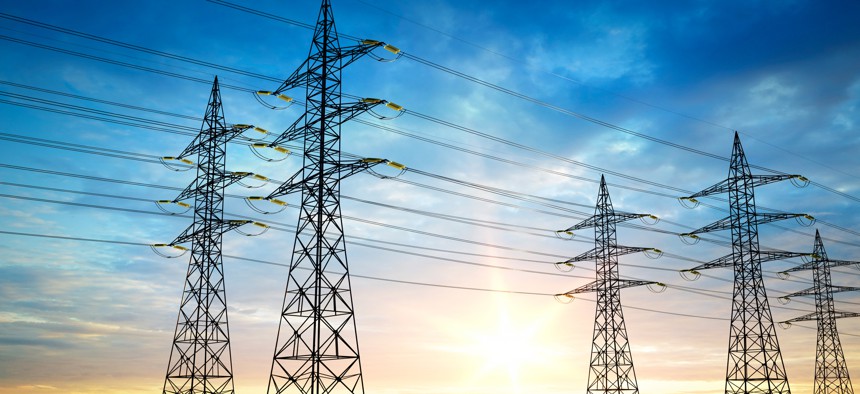The Time Has Come for Electric Utilities to Make Some Major Changes

iStock.com
COMMENTARY | Bold leadership will be required for the industry to adapt to new technology and pricing models, while also keeping pace with current demands.
The electrical utility industry is in dire need of an overhaul. Utility leaders must visualize the future they want for the sector and reverse engineer a business model to achieve it. A complete transformation like this is risky, but stagnation or apathy is riskier. The fact that the world is rapidly changing means utilities must adapt in order to thrive.
Leaders in the sector can start pushing ahead with this transformation by taking into consideration the following ideas.
Rapidly developing energy technology is getting smaller, better, cheaper, smarter, cleaner, ubiquitous and more connected. The promise of smart energy is that customers are able to cost-effectively get the energy services they want, when and how they want them. At the same time, these new developments can help to reduce demand on the electricity grid and possibly help to maintain better stability with the grid as well.
Electric vehicles, smart chargers, solar power generation, battery storage systems and dynamic pricing programs, for example, offer ways for utilities to simultaneously meet customers’ preferences, while also unlocking economic and environmental benefits—all without any adverse impact to the grid or household bank accounts.
Similarly, technology for sensing, measuring and controlling electricity is becoming cheaper and more efficient. Behind-the-meter (energy consumption) innovations, in particular, illustrate the power of this kind of new technology. Low-cost sensing and control technology combined with smart meter-powered data analytics has set the stage for significant energy efficiency gains.
A good example is smart thermostats. Smart thermostats, for their part, save customers on average up to 12% on heating and 15% on cooling. They also help utilities manage loads on their grids. Baltimore Gas & Electric, Consumers Energy in Michigan and ComEd in Illinois have all turned to this and other technology to help with easing grid strain on high demand days.
The revenue model needs modernizing. The original utility revenue model was based on a system of commodity-based pricing, meaning prices associated with utility services were agreed upon in advance, allowing for standardization of services. This worked well for a young and rapidly expanding industry. Sales grew at double-digit rates, stimulating powerful economies of scale in kilowatt-hour production and, in turn, prices generally fell as part of a virtuous cycle.
Now, with growth barely registering, this cycle has reversed itself. Sluggish sales are barely sufficient to cover depreciation, let alone to fund billion-dollar modernization and resilience investments. Depending on the jurisdiction, a customer’s bill is a mix of wattage used, distribution and transmission expenses, and fixed customer charges. Often, these charges bear little relationship to the value of the services the customer receives, and most customers don’t understand the breakdown of their bill.
Meanwhile, programs such as the one being piloted by Baltimore Gas & Electric explore how innovative pricing can encourage customers to use electricity during times when demand is low. Smart vehicle chargers also present an opportunity to provide customers with pricing discounts if they are willing to let their utility control the charger to dial back power consumption during high demand times.
Put in the work today to realize the utility of tomorrow. The utility CEO of the future will need a new vision to imagine what tomorrow’s utility should look like in order to deliver the service customers will demand. This individual will need the leadership skills to take an organization through what will be a very public transformation. They will need to retain a focus on providing energy so customers can keep their lights on, while at the same time completely transforming how power is generated, stored and distributed.
Ultimately, the next decade of energy infrastructure modernization will require a great deal of both innovation and adaptation by utilities.
Val Jensen is a senior advisor at ICF focusing on critical issues facing utilities, including building operational resilience, improving EE and DER programs and rethinking customer engagement.
NEXT STORY: Why Android is emerging as the OS of choice for public safety





